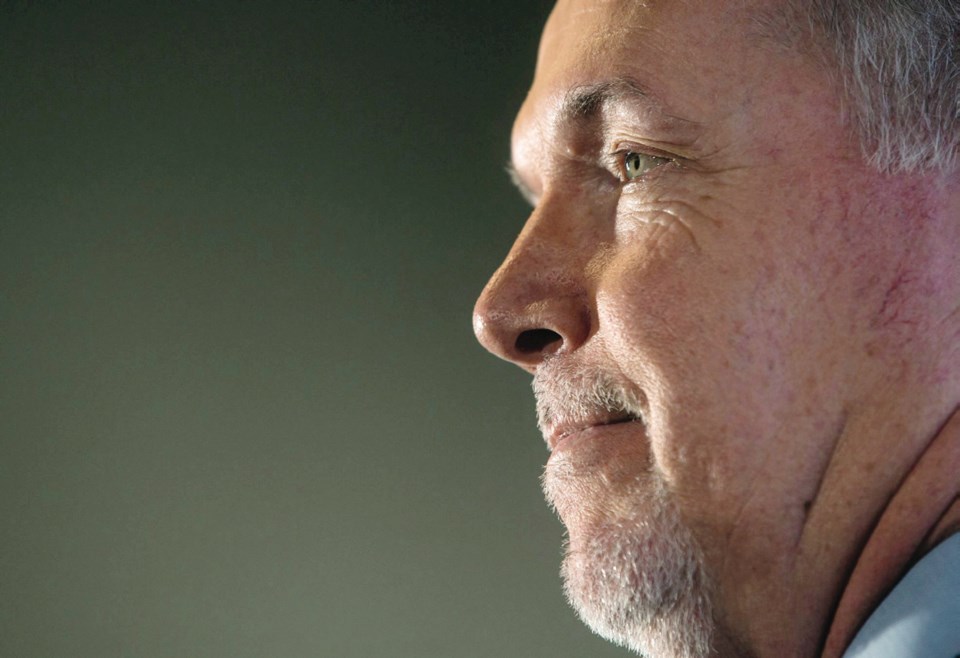The provincial budget unveiled Tuesday represents more than just more money in the pockets of British Columbians — it poses a serious challenge to the brain trust at New Democratic Party headquarters.
This is, after all, an election budget with a bit of new spending, as well as lower costs for all of us, a budget that the B.C. Liberals will ride into the campaign.
A key goal in a budget like this is to offer goodies that rivals might like to offer. With the Liberals promising more money for health, education and the like, the NDP will be forced to offer even more, or do it better, or offer it faster, all without breaking the bank or sacrificing their own credibility.
Yes, there is room to offer more, because in some ways, this is an austerity budget; slightly smaller spending increases mean the next three years will be tougher than the past four. Some spending increases do not keep pace with population increases. The trick for the NDP would be to pay for new promises without raising taxes.
The biggest goodie in Finance Minister Mike de Jong’s budget is the 50 per cent cut in Medical Services Plan premiums for families with a net income of $120,000 or less. This would not take effect until almost eight months after the May 9 election.
MSP premiums were already levied on a progressive basis, with people with lower incomes paying less or nothing at all. This change will enhance the progressive nature, a concept dear to the NDP.
British Columbia remains the only province to charge premiums for medicare, but to a certain extent, that’s just smoke and mirrors. The revenue raised by premiums will have to be replaced by taxpayers in other ways, which makes the cut a purely political move.
Beyond that, however, it would be hard to argue with the province’s economic record, including the fifth balanced budget in a row.
British Columbia’s widely diversified economy would be the envy of other provinces. We just have to look at Alberta to see the peril of having all eggs in one oilpatch.
We also have more diversity in trade than other provinces, and deal more with Asian markets.
Only 53.9 per cent of our trade is with the United States, compared with 86.3 per cent in Alberta and 80.9 per cent in Ontario. We are in a solid position given the protectionist rumblings south of the border.
Economic indicators such as employment, retail sales, housing starts and exports are all healthy. The past year has seen growth in all of the major retail sectors.
Operating debt has been declining for several years, and de Jong’s goal is to eliminate it within the next four years. The province has not been free of operating debt since 1975.
Spending on infrastructure offers long-term benefits and creates jobs. More than 200,000 people work in construction.
Those benefits come with a cost. By 2019-20, our infrastructure debt is estimated to be $46.1 billion, up from $36.8 billion this year and $15.9 billion in 2005-06.
Add in the self-supported debt of commercial Crown corporations, and British Columbians will owe almost $78 billion within a couple of years. Still, our debt is only 16 per cent of the province’s gross domestic product, well below the percentage rates in Ontario, Quebec and Canada as a whole.
De Jong notes that Alberta’s debt percentage is lower than ours, but might be up to our level by next year. He didn’t mention that Alberta has an NDP government, but we can expect to hear more comparisons with Alberta in the months to come.
Yes, we’re doing better than the New Democrats next door, and we are doing better than the other provinces as well. That’s a record that could be tough to beat.



